Throughout the centuries, Spanish culture has evolved with each step of the different peoples that have settled in the territory. For this reason, there is a wide variety of traditions and customs in Spain that are celebrated from time to time.
Regardless of the fact that the culture that Spain encompasses is similar in most regions, in each province it is possible to find singularities that characterize them; which is why it is also possible to see a lot of diversity in different aspects of traditions and customs.
Due to the large number of Spanish traditions, it is difficult to choose a small number of them. However, we have selected for the list some of the most popular that are celebrated in the territory, among which we find Flamenco, San Isidro, Carnaval, Samana Santa, Tauromaquía, Battle of Wine and Three Wise Men.
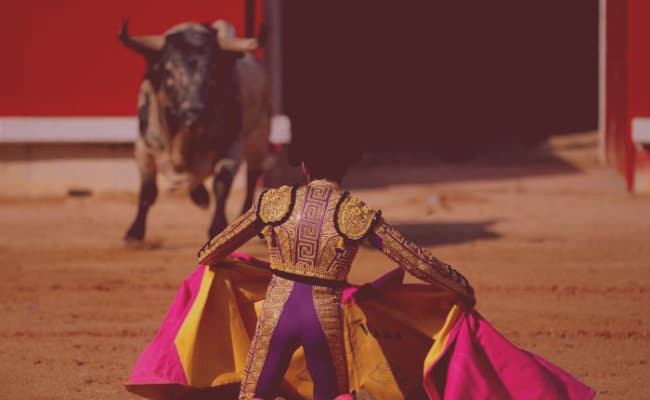
Bullfighting
Bullfighting is a custom of Spain, since it was born in its territory in the XNUMXth century, but it was also adapted by other countries such as Venezuela, Mexico and the United States. This festival is also known as the "bullfights", In which the" tamer "can be on foot or on horseback and is dressed in typical ornaments, depending on the region.
In addition, it is possible to find various traditions and customs of Spain that are related to Bullfighting. Among them is the toro de fuego, el toro ensogado, Bous al carrer, festa do boi, the running of the bulls, the capes, the comic bullfighting and the clipping contests.
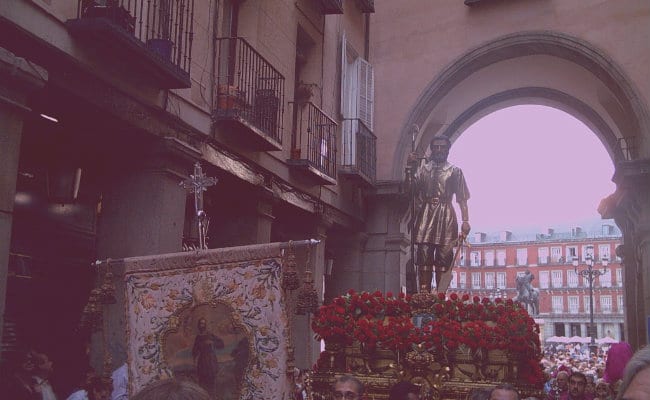
San isidro labrador
The San Isidro festivities are one of the most representative and popular Spanish customs, which is celebrated annually in Madrid a few days before and after May 15.
Cultural events can be varied, but the objective of it is to honor San Isidro Labrador. Among the most common festivals are open-air festivals, pilgrimages, cultural shows and attractions.
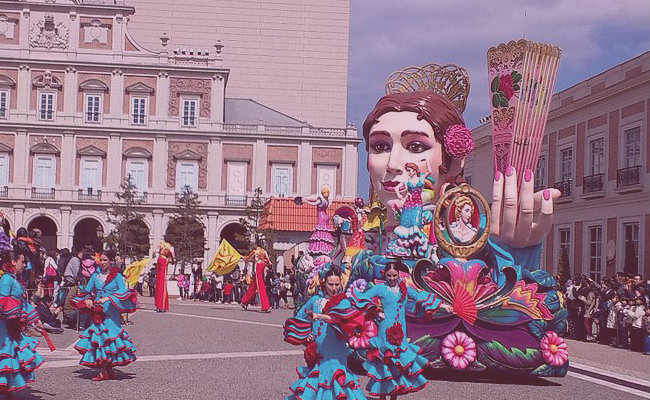
Carnival
In Spain, carnival has been celebrated for many years, being around the Middle Ages when the Renaissance period began. Various festivals or celebrations of Christianity are associated with him, specifically Lent. In addition, in most parties it should be celebrated on Ash Wednesday and Lardero Thursday.
However, depending on the region, this may vary. tradition of Spain. For example, Avilés is one of the most important festivals and lasts for about a week, with varied activities such as orchestras, a carnival parade, Galiana river descent, Comadres Thursdays, among others.

Flamenco
Flamenco, recognized and famous dance style originating in the autonomous community of Andalusia Back in the XNUMXth century, it also has a set of customs and traditions from Spain (in addition to being a typical dance).
- It is characterized by singing, dancing and playing.
- It is considered a Intangible Cultural Heritage of Humanity by UNESCO.
- The creation or origin is attributed to the cultural diversity of the time, since the settlers were from various regions of Europe.
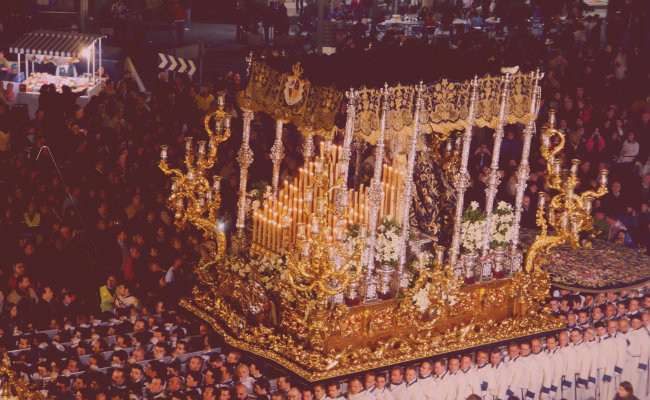
eastern
Holy Week is a Catholic holiday that is celebrated at the end of Lent in the calendar of that religion. This is celebrated every year in a large part of the territory, where the activities may vary according to the customs of each people that inhabit the various regions of the Spanish territory.
Like flamenco, Holy Week (or Greater Week) was sent to UNESCO with the request to add it as Intangible Culture, but in this case there has still been no response.
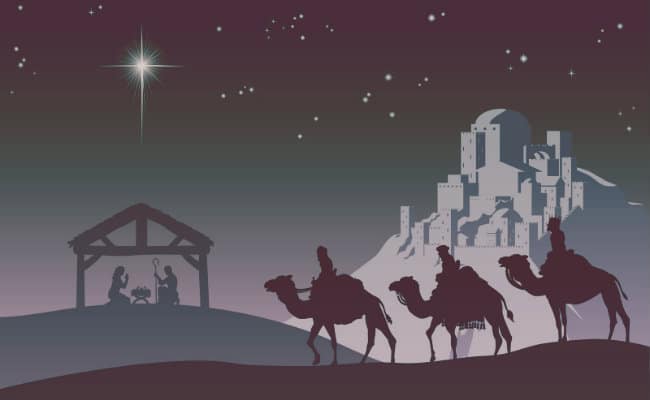
Los Reyes Magos
One of the most recognized customs and traditions in Spain are the Three Wise Men, who are even more important than Santa Claus, because on the date of the Kings is when children usually receive the best gifts; Since according to Catholicism, these three Kings went to meet the child Jesus and offered him look, incense and gold.
This celebration takes place annually on January 6, where normally in the morning children receive toys and sweets; although unlike Santa Claus, they do not receive coal when they have misbehaved.
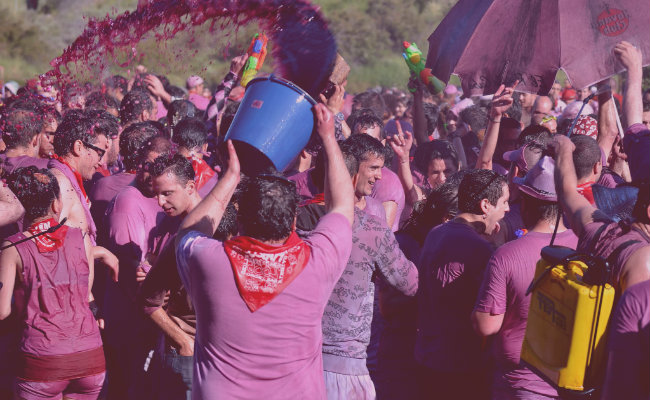
Battle of Wine
One of the traditions of Spain and in turn, a festival of national tourist interest (although many foreigners also attend it). It is celebrated in Haro on June 29, in conjunction with the feast of San Pedro.
The party consists of a celebration in which the members wet each other with red wine, until the clothes are completely purple (they usually wear light-colored clothing to achieve this result). Which is celebrated in an organized way since the 1949th century (according to the data) and was previously a “pilgrimage” until XNUMX, when the name “battle of wine” gained popularity.
Those were the Spanish customs and traditions that we wanted to show you, so we hope that the information has been useful to inform you about Spanish culture. If you want to add another custom or tradition, you are free to do so through the comment box; just as you can also share it on your networks, you would help us a lot and at the same time, you would allow to expand the general culture of other people.
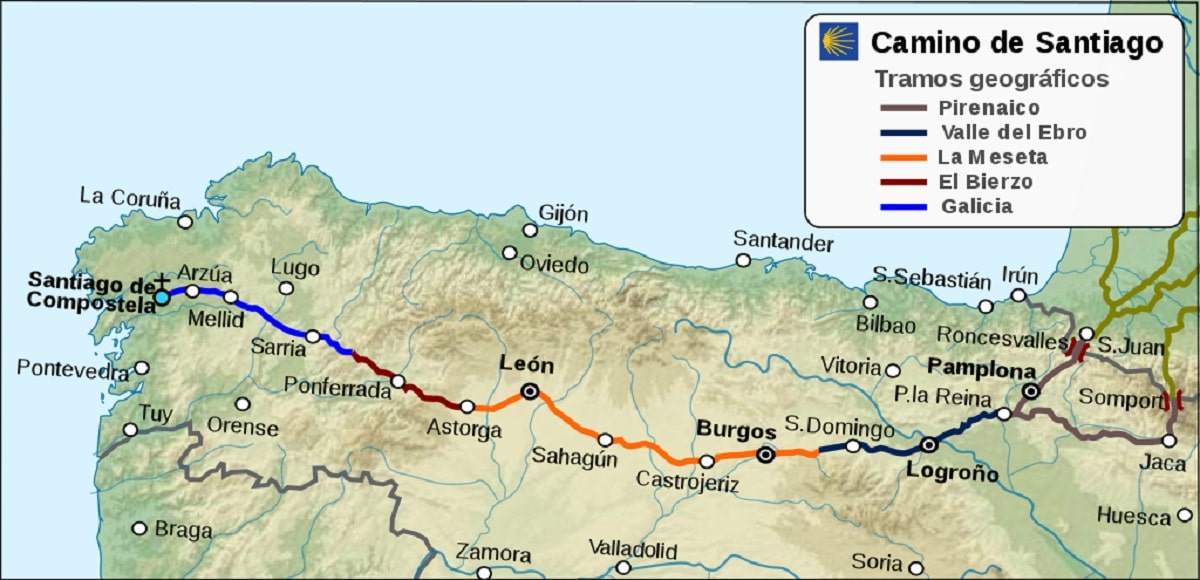
The road to Santiago
Since the year 812 when these routes began, it continues to have great success. Is a pilgrimage to Santiago de Compostela, where the tomb of the apostle was found. So at first, the end of this pilgrimage or tour was only religious. But today it is one of the most followed routes, with tourists who come from all over the world and who, through them, know a little more about culture, gastronomy and all the peoples that make it up.
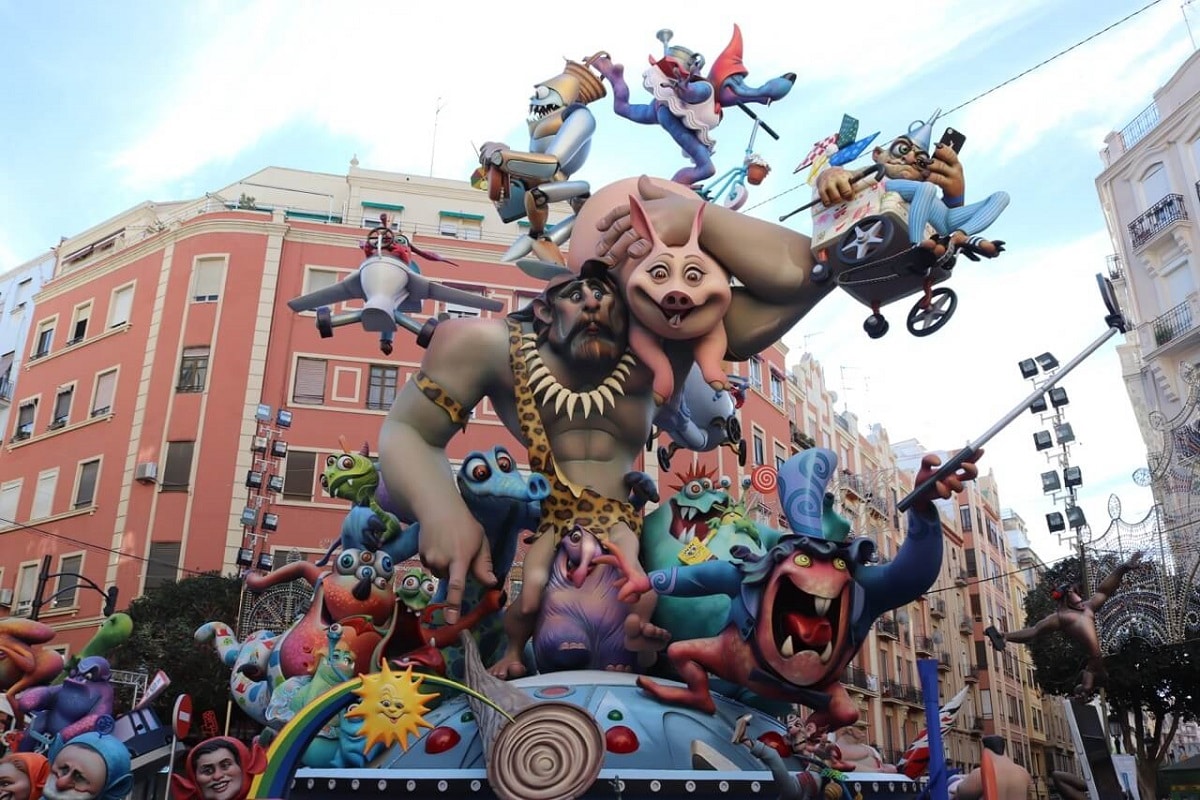
The Fallas of Valencia
Another of the celebrations of tourist interest, which cannot be missed on a calendar, are the Fallas. These festivities are celebrated in honor of San José, so we will see them from March 15 to 19. It consists of making saritic-type figures always related to current affairs, for later burning known as 'la cremà'. But these figures are not simple at all, they will be several meters high, made with materials such as cardboard or plasticine and polystyrene, made by the Fallas artists during the year.
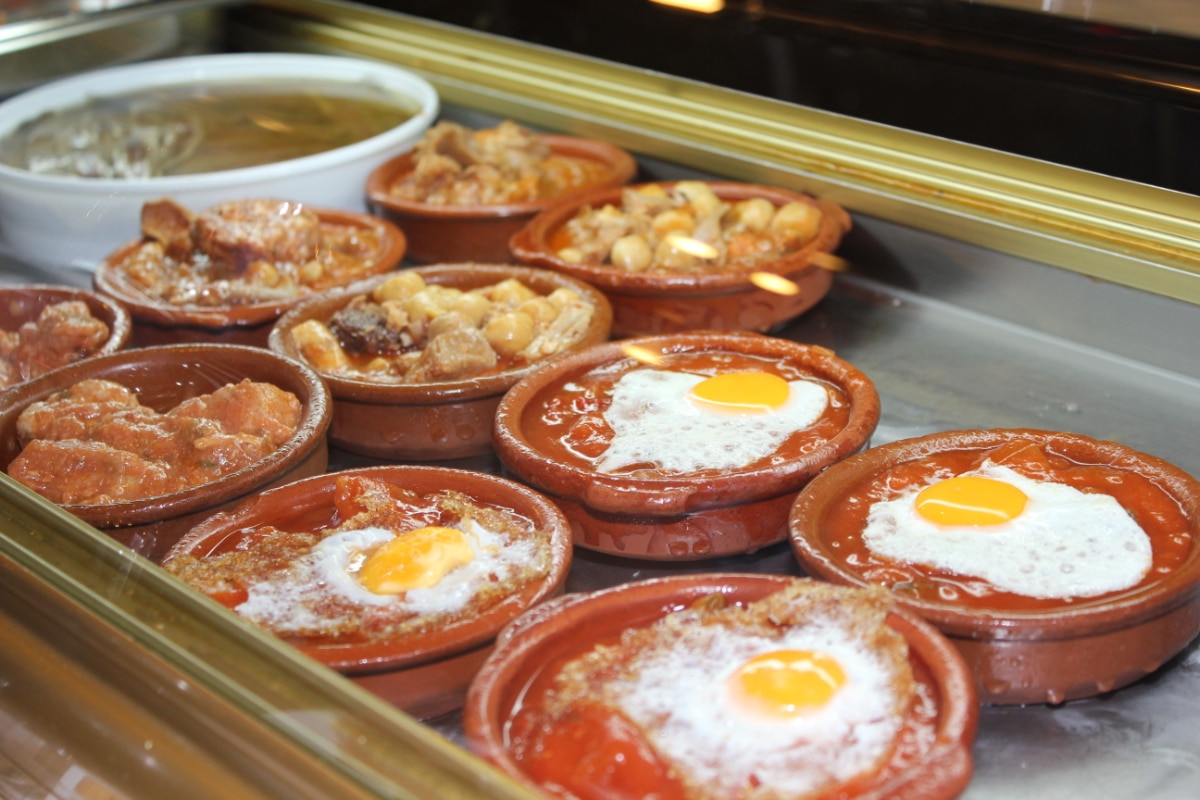
Going for tapas
It is one thing to go out to lunch or dinner and quite another go for tapas or tapas. It is another of the traditions and customs of Spain that we should not miss. It consists of going out to a bar, ordering a wine or a beer, although it can be a non-alcoholic drink, of course. After that, the bar will put a lid to accompany said drink. Every day it is usual for the bar to have different tapas options: squid, omelette, chorizo with wine, tripe, etc. You can make a route of bars and in each one ask for a tapa or even, that they give it to you for free with your drink. The latter is a fairly frequent habit in some autonomous communities.

The NAP
It is true that each time, it is a fairly widespread practice in other countries. But we also had to integrate it as a Spanish custom, because it is. We call that moment after eating a nap, where we relax and fall asleep, but just a moment. It is true that there are naps that last longer, but it is said that if it is shorter, it will give us enough energy to resume the day of work or study that we have ahead.

Respect and wait your turn
It is true that sometimes it is not like that and that in others they even force us to have to withdraw a number. But for a long time there was the custom of going to a place, be it a supermarket or a medical center and asking who was the last. A way of respect in turn that also remained well rooted among the so-called Spanish customs. Surely you have followed her many times!
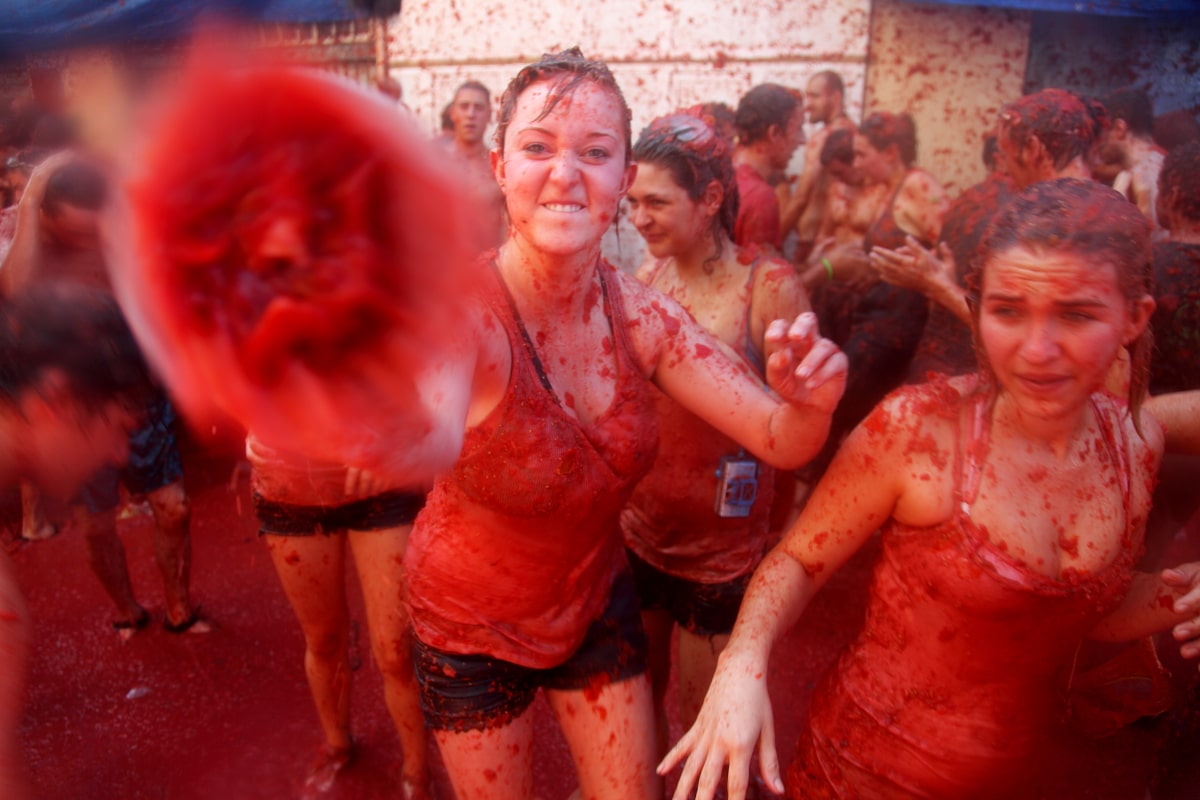
The Tomatina
Another of those key festivals in Spain is the Tomatina. It is celebrated in the municipality of Buñol, Valencia. It always takes place during the last weekend of August and consists of throwing tomatoes at each other. So it can be called a tomato battle. The color red will flood the streets and also the clothes and the people who are in it. It is said that its origin was a joke, when a group of young people threw tomatoes at a person who was singing in the town.
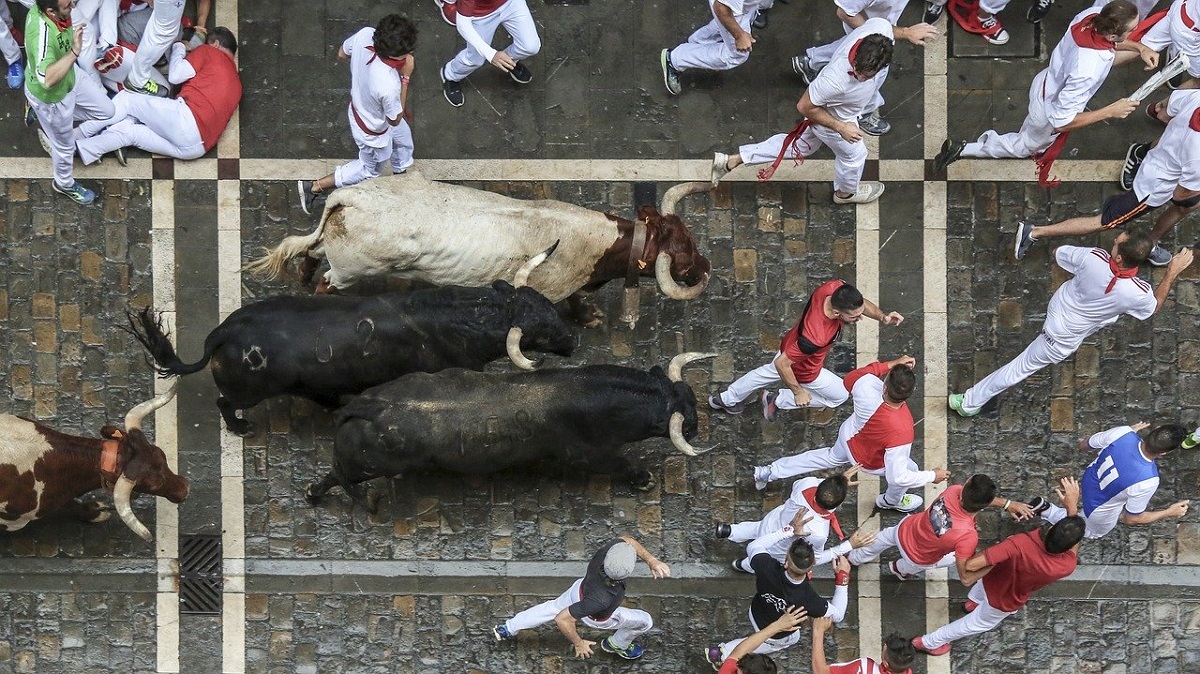
San Fermin
It is another of the festivals of tourist interest that is celebrated in the city of Pamplona. The beginning of this party takes place with the so-called 'Chupinazo' that is carried out from the City Council. It will be on July 6 until the 14th. Within those days and of the festivities there was always one that had special interest and was called 'the running of the bulls'. It was a race, where people ran, with six loose bulls. Although as we say, it is another of the great traditions of this place, it is true that it achieved fame or worldwide recognition when Ernest Hemingway mentioned them in his book 'Fiesta'.
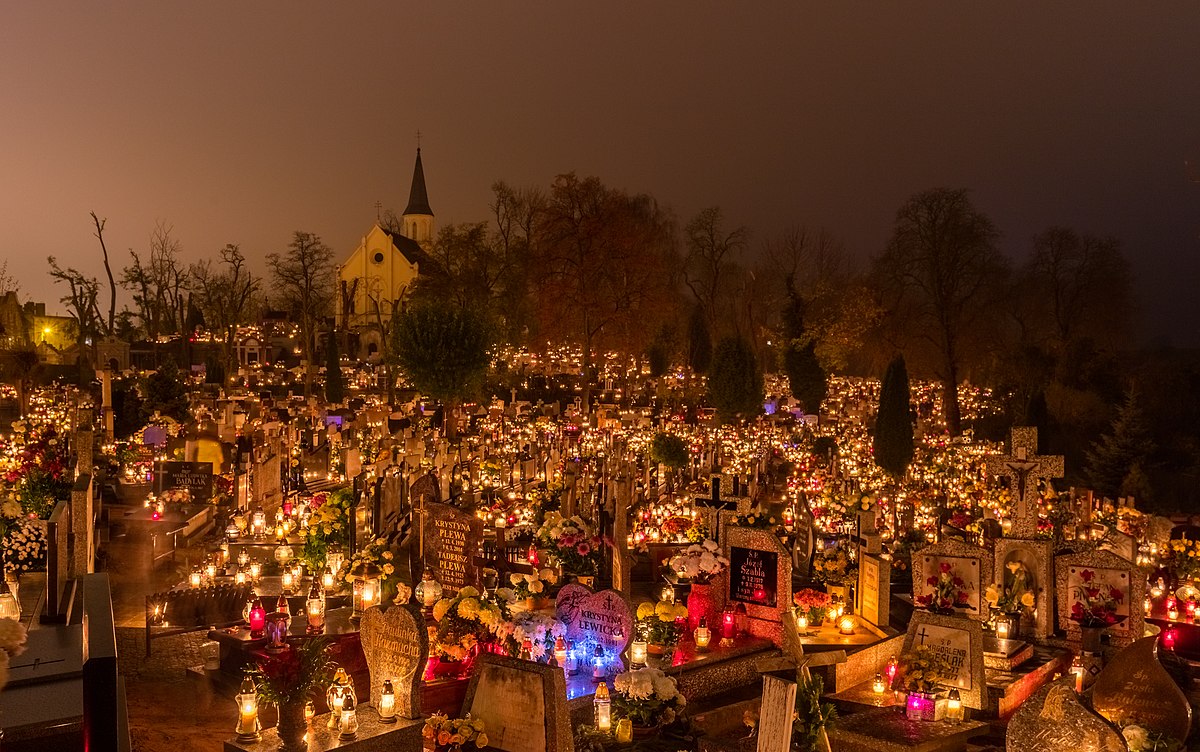
Hallowmas
In other parts of the world it is the Day of the Dead or, the night before, Halloween. In Spain it is also a prominent day for being All Saints' Day. It is November 1 when memories crowd more than ever, because family and friends who have died are remembered. Flowers are brought to the cemetery and candles or candles are lit in her memory.
that ondaaaaaaaaaaaaaaaaaaaaa !!!!!!!! : v
The truth is that it will help me a lot, but I would like you to put more things since foreigners can see and read it, and that there are more languages since a foreigner can read it in their national language, but if it could be qualified I would give it a 4 regarding the issue that more things and other languages are needed, I hope they do, and I respect everyone's responses. Best regards and thanks.